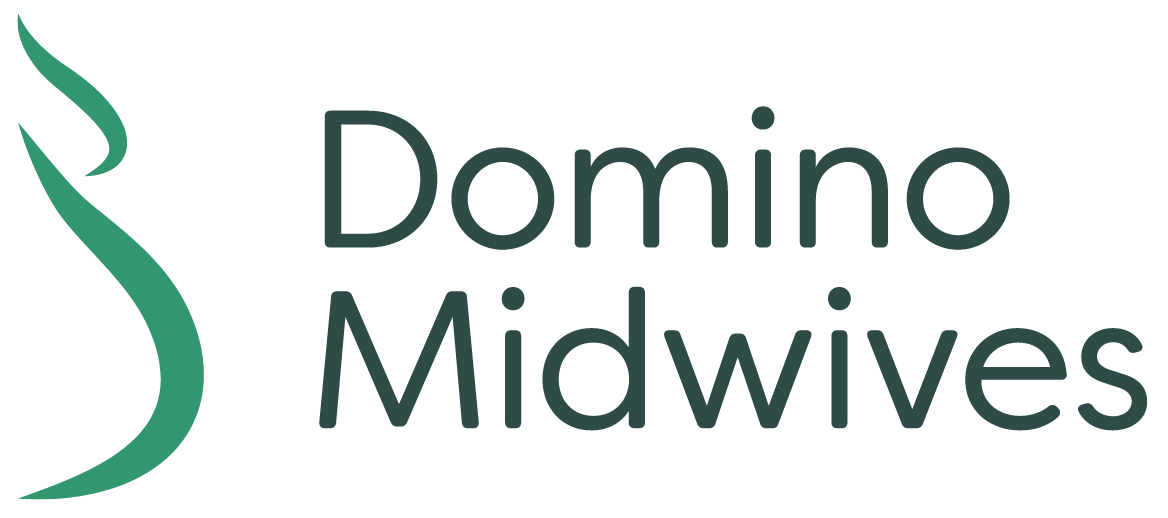Assisted birth
A small number of people will require assistance with their births with either forceps or ventouse (vacuum suction). The obstetrician will choose which is best for your situation.
These methods are sometimes performed in theatre just in case the procedure is not successful and a caesarean section is performed instead.
Caesarean section
Here you need to be aware of a few procedures that will make the operation safe. Epidural or spinal anaesthesia is usual and this can be performed in the operating theatre or you may already have had one during your labour, which will be topped up. Do not eat or drink anything once you know you will be having an operation. You will be changed into a theatre gown, jewellery removed or taped and underwear removed. The top part of your pubic hairline will be shaved and a catheter will be inserted into your bladder. One support person will come with you into theatre and remain with you in the recovery. A paediatrician will also be at your birth. If you intend taking photos, great, but do not take photos of the theatre staff. It is encouraged for you to have skin to skin in theatre with your baby or with the support person once the baby has had an initial check by the paediatrician. You will be in theatre for around an hour for the operation and then in recovery for 1-2 hours. You will be able to have visitors once you get transferred to the postnatal area.
NICU
Sometimes babies will need to go to the special care baby unit called NICU, you may know this prior to your birth. If your baby is born and then needs to go to NICU for extra care you or your support person will go with baby. NICU does have strict visiting times which will be explained to you.

